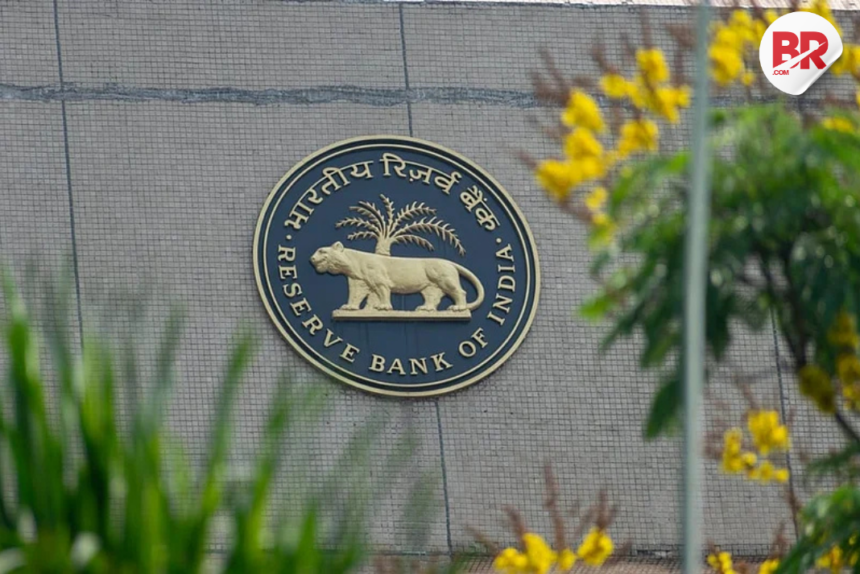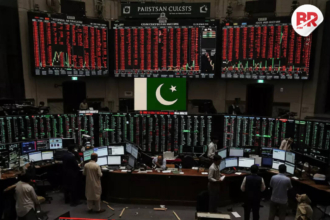
In its latest update, the RBI (Reserve Bank of India) revealed that the Union Government’s total expenditure grew by 4.8% in 2024-25 (PA) over the previous year. But here’s the twist—it’s not just more spending, it’s better spending.
Revenue expenditure, which includes daily operational costs, actually went down when measured as a percentage of GDP. Meanwhile, capital expenditure—which funds growth through infrastructure and assets—stayed steady. This means the government is putting more money into building the future rather than just running the present.

A good sign for long-term growth
The RBI also reported that interest payments have slowed down. That’s a relief—it means the government is not just piling on debt. Even better, subsidies, which often balloon budgets without returns, have shrunk in line with revised estimates.
Another positive? The RECO ratio—that’s the ratio of revenue expenditure to capital outlay—dropped to 4.2 in 2024-25 from 4.4 the previous year. That may sound technical, but it simply means: more focus on productive investment, less on routine expenses.
Also Read PSBs Dominate CD Market, Attracting Strong Demand from Mutual Funds
April 2025 showed real improvement
Looking specifically at April 2025, central government finances looked healthier. Both the Gross Fiscal Deficit (GFD) and Revenue Deficit (RD) improved compared to the same time last year.
What helped? Big gains in non-tax revenue and non-debt capital receipts—like income from disinvestment. While revenue expenditure shrank (thanks to lower interest payments), capital outlay shot up by 20.9%. That’s serious momentum.
States need to catch up
While the Centre’s numbers are encouraging, consolidated state government finances didn’t fare as well. There was some slippage, showing that the financial discipline and smart spending seen at the central level hasn’t fully reached the states yet.
The RBI’s assessment makes one thing clear: India’s budget game is getting sharper. Less debt, smarter spending, and a stronger focus on investment. If the states follow suit, we’re looking at a far more balanced and growth-driven future.
Also Read India’s Economy Remains Stable Amid Global Trade and Political Uncertainty: RBI












